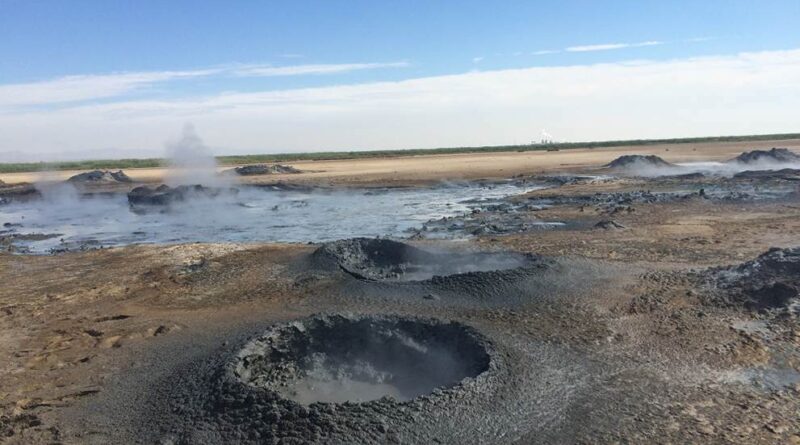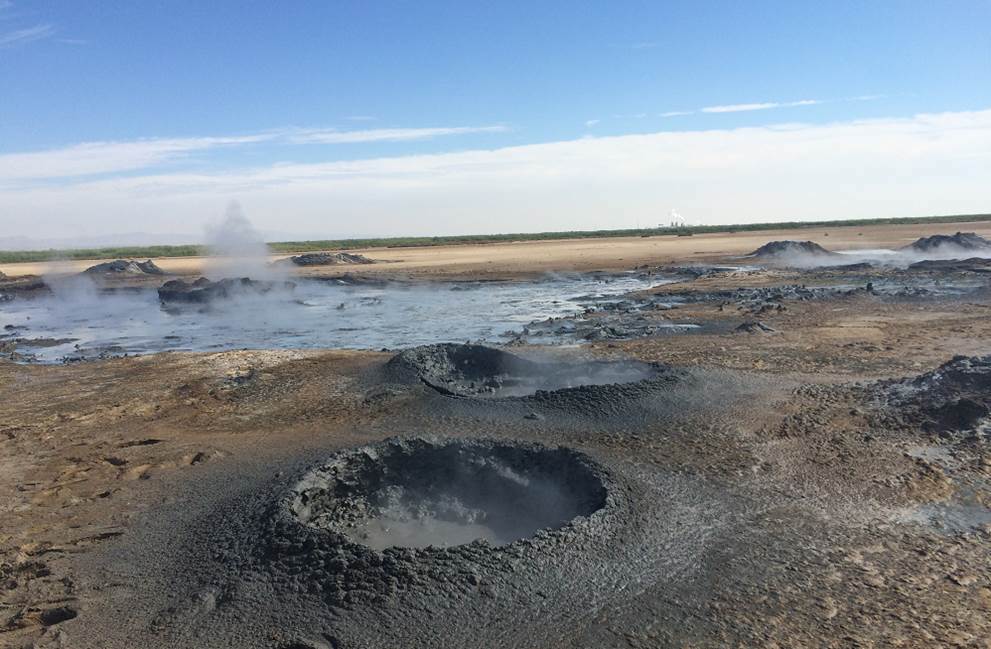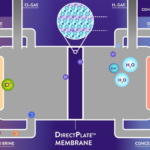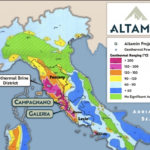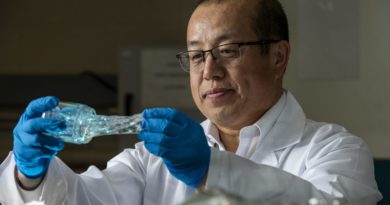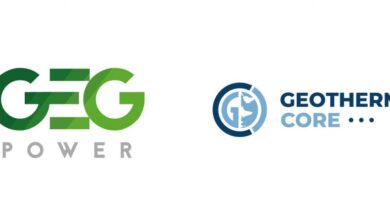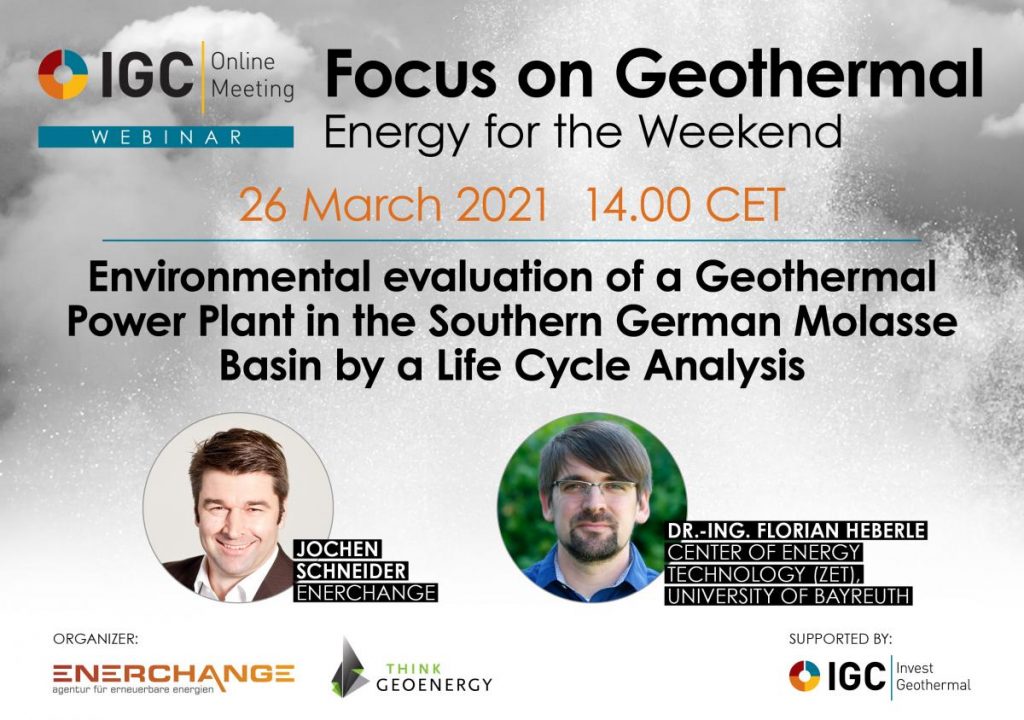Blue Ribbon Commission publishes report on California lithium extraction
Energy Disrupter
The Blue Ribbon Commission has published its final report with recommendations on harnessing the potential of California as a competitive source of lithium.
The Blue Ribbon Commission (Lithium Valley Commission) on Lithium Extraction in California has published its final report of findings and recommendations to the state Legislature. The report is a culmination of over 23 public meetings held over a nearly two-year period following the formation of the Commission.
In 2021, Assembly Bill 1657 took effect with the vision to increase the possibilities for the Salton Sea region, both in the region’s potential as a competitive source of lithium and to invest in the local and regional economic and community opportunities. AB1657 required the California Energy Commission (CEC) to convene and establish the Blue Ribbon Commission, commonly referred to as the Lithium Valley Commission, consisting of 14 representatives and experts.
The Lithium Valley Commission was tasked with reviewing, investigating, and analyzing specific topics relating to lithium extraction in California and to submit a report to the Legislature, documenting its findings and any recommendations developed after conducting the required review and analyses.
Eight topics were presented to the Lithium Valley Commission, all of which were addressed in the report. The report’s findings are as follows:
- Lithium is a core component of lithium-ion batteries that can store and discharge high amounts of energy. Many consumer products use lithium-ion batteries, as do most electric vehicles (EVs) and energy storage technologies. Both EVs and energy storage are important to achieving California’s air quality and climate change targets. EVs offer a transportation option that does not emit air pollutants or greenhouse gas emissions from vehicle tailpipes, and energy storage supports grid stability and the broader growth of renewable energy technologies like wind, solar, and geothermal power.
- Due to the high demand for and reliance on lithium-ion batteries in the United States and the world, lithium is seen as a critical mineral important to national security and economic prosperity. Federal and state policies aim to enhance U.S. lithium supply capabilities to meet this demand.
- The Salton Sea KGRA is believed to have the highest concentration of lithium contained in geothermal brines in the world. Geothermal brine is a super-heated naturally occurring underground fluid, enriched with minerals including manganese, zinc and lithium.
- The two prevalent commercial methods for extracting lithium are hard rock mining and evaporation ponds. Mining is environmentally harmful — it scars landscapes, adversely affects ecosystems and habitat, is water- and energy-intensive, and can pollute air and water resources. Evaporation ponds are water-intensive, can require thousands of
square miles of land, and are environmentally destructive. - The environmental impacts of the lithium recovery technologies proposed for use in Imperial County, direct lithium extraction (DLE) from geothermal brine, have a much lower environmental impact than hard rock mining and evaporation ponds. DLE is designed to be a more sustainable and environmentally beneficial approach to lithium
recovery in terms of factors such as land use, water use, time to market, and carbon intensity. - Although the United States has large reserves of lithium in all forms, in January 2022 the only operational U.S. supply of lithium is a brine facility in Nevada using lithium evaporation ponds.
- Interest in, and support for, the development of domestic lithium sources — specifically lithium recovery from geothermal brine in Imperial County — are occurring at the local, state, and national level.
- California’s 2022-2023 budget provisions (including the newly adopted Lithium Extraction Tax Law) and opportunities under the federal Inflation Reduction Act of 2022 and Infrastructure Investment and Jobs Act and other state and federal programs can provide financial incentives for development of renewable energy, lithium recovery, and a related economic hub near the Salton Sea.
- Members of communities and Tribes near and culturally affiliated with the Salton Sea and Salton Sea KGRA are deeply interested in and concerned about possible impacts to the environment, cultural resources, and public health due to increased development of geothermal power plants and lithium recovery. There is also interest and support for the economic development, job creation, and business opportunities available to the community and Tribes. There are many questions about potential impacts as well as how residents will benefit from and not be harmed by this development.
Table 2 of the final report summarizes the 15 recommendations adopted by the Commission with items on permitting, workforce development, and incentivizing investments. The full report can be downloaded here.
Source: California Energy Commission

